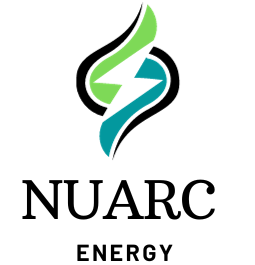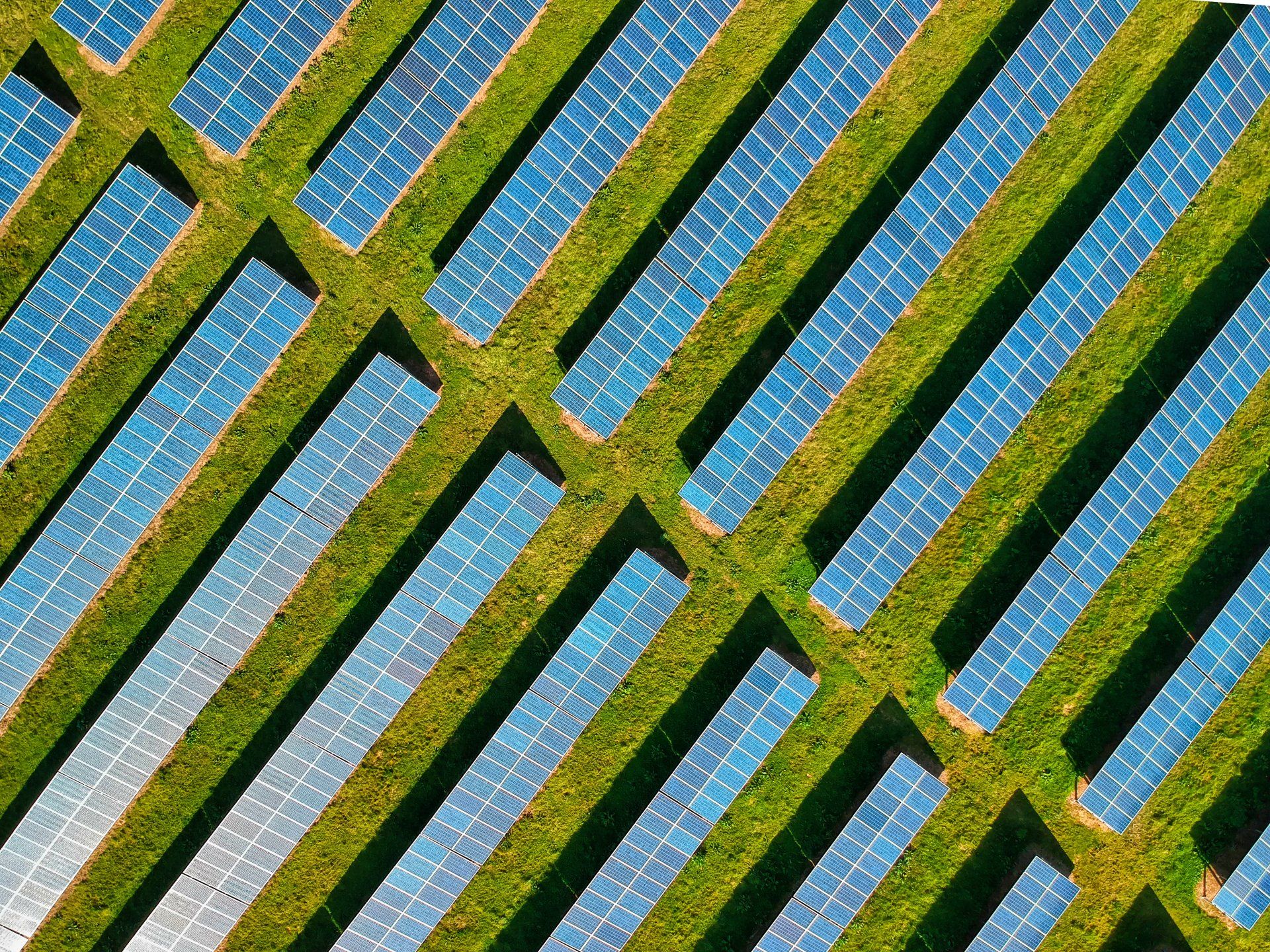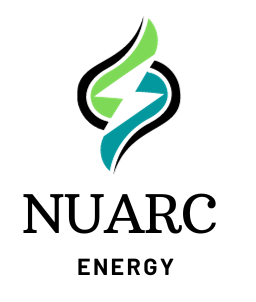Frequently Asked Questions
-
Will I qualify for a SEAI grant?
The SEAI is offering a solar grant of up to €2,100 for 2024 towards the installation of solar PV panels. The grant is available to all owners of dwellings built and occupied before December 2020 and where the SEAI have not previously provided support for solar PV system at that address.
-
Is my house suitable for Solar PV?
Here at NuArc Energy, we only give advice which is best for you. While Solar PV is suitable for most properties, there are exceptions. We are happy to check if Solar PV is the best option for your house and your investment. Key considerations are:
- Available space
- Orientation
- Shading
Return on investment i.e. if Solar PV is the best option for you or if the investment would be better spent elsewhere
-
How complicated is the SEAI grant?
We upload and submit most of the paperwork on your behalf. Once you make the application to the SEAI and select us as your Solar Company, we take care of the necessary paperwork. After the install is completed, you are required to sign a Declaration of Works form (which we will provide to you) and get a post install BER assessment. We do NOT provide this service but are happy to direct you to a BER assessor in your locality.
-
Does Solar PV work in a Blackout?
The majority of Solar PV systems are connected to the grid and must power down once the grid is disconnected. However, if you choose a battery system with back up, you will be able to use a limited amount of power stored in the battery. There are extra components and wiring entailed in this type of install, so cost will vary depending on the install.
-
What is a kilowatt hour and how many do I use?
A kWh is the unit measurement of how much energy you are using. For example, a device that uses 1kw for the duration of 1 hour would use 1kwh. Your energy bill will show how many kWh used in a period. Solar PV systems produce energy which is also measured in kWh. We can accurately predict the amount of energy your system can produce, and help reduced the amount of energy you need to buy.
-
How can you predict the amount of energy my Solar PV system will produce?
We use software that uses your location to calculate the amount of potential energy that can be generated. There are irradiance maps for the entire globe and the software will use this information to predict the amount of energy your system can generate. The amount of irradiance will vary depending on the location of your premises.
-
What is the cost of a Solar PV system?
The cost will vary depending on the system size selected and the amount of energy being used by your property. Houses with high energy uses can have a quicker return on investment as each unit of electricity generated by the Solar PV system is more likely to be used by the household. This will save buying energy form the grid which means that the energy used from solar is effectively generated at the unit cost from your supplier. Similarly, if the energy was to be exported to the grid, this would generate a credit but at a lower value than the purchase price so the return on investment would be longer. These are the considerations when we design a home energy system.
-
Is Solar PV good for the environment?
Yes, according to the International Panel on Climate Change IPCC, the carbon footprint of rooftop solar panels is roughly 12 times less than natural gas and 20 times less than coal, in terms of CO2 emissions per kWh of electricity generated.
-
Are there any other reasons to go with Solar PV?
Efficiency. There is a significant difference in the shares of electricity generated by fuel compared to the fuel inputs. This is due to the different efficiencies of generating electricity in different processes. Generating electricity in traditional thermal power plants using coal, peat or biomass has low efficiency. Electricity generated from wind and hydro is 100% efficient.
A significant portion of the energy used to generate electricity is lost before the electricity reaches the final end-user, through a combination of transformation losses, own use of electricity by power plants, pumped hydro storage losses and transmission losses.
For this reason, energy created on site is far more efficient than that from a generation station as there a far less losses within the system.
-
What is an optimiser and what does it do?
The panels in a Solar PV system are wired one to the other in series. If one panel was to be shaded, this would affect the production of the rest of the panels wire in series. An optimiser will act as a bypass and allow the rest of the panel to produce power. It will not help increase the production from the shaded panel but will ensure it has limited effect on the production of the other panels wired in series with it.
-
What is the lifetime of a Solar PV system?
A solar PV system will be made up of different components e.g. Solar Panels, Inverter, Batteries, Automatic shutdown device, mounting equipment etc. Each of these components will have different length of warranties.
Solar panels are durable and will continue to produce electricity for 25 to 30 years.
A typical inverter for a photovoltaic (PV) installation will last between 10 and 15 years and thus will need to be replaced at some point during the lifetime of your solar panels.
-
Will a Solar PV system increase the value of my property?
A Solar PV system will typically increase the BER rating on you house and potentially increase the value.



